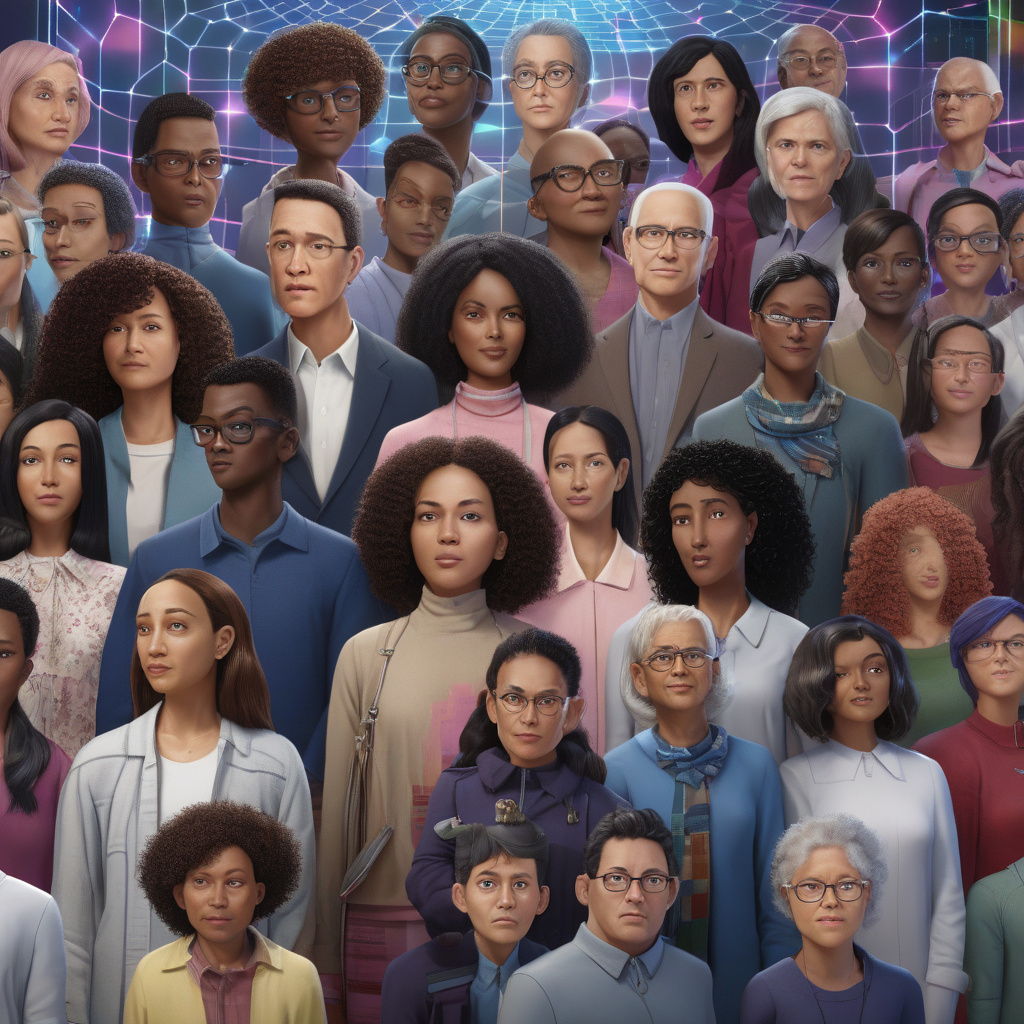In the fast-paced realm of technology, Artificial Intelligence (AI) stands out as a transformative force. Its potential to revolutionize industries, streamline processes, and enhance decision-making is undeniable. However, the widespread adoption of AI has been accompanied by concerns about accessibility and inclusivity. Historically, AI has been perceived as a domain reserved for tech giants and well-funded organizations, creating a gap between the haves and have-nots in the digital landscape.
Let’s explore how democratizing AI can level the playing field and create opportunities for all, no matter the background or resources. At its core, democratizing AI means making this cutting-edge technology accessible to a broader audience. It involves breaking down barriers to entry, empowering individuals with the tools and knowledge needed to leverage AI effectively. By democratizing AI, we can unlock its full potential and ensure that its benefits are equitably distributed across society.
One of the key ways to democratize AI is through education and skill-building initiatives. By providing training programs, workshops, and online resources, individuals from diverse backgrounds can acquire the skills needed to work with AI tools and technologies. This not only expands the talent pool in the AI field but also creates pathways for underrepresented groups to pursue careers in tech.
Furthermore, democratizing AI involves developing user-friendly platforms and tools that do not require a deep technical background to use. By simplifying the complexity of AI systems and making them more intuitive, we can enable a wider range of users to harness the power of AI in their work. This accessibility is crucial in ensuring that AI is not limited to a select few but is available to all who can benefit from it.
Moreover, promoting diversity and inclusion in AI development is essential for democratizing the technology. By bringing together individuals with different perspectives, experiences, and expertise, we can create AI solutions that are more robust, ethical, and reflective of the needs of diverse communities. Inclusivity in AI development leads to innovations that address a broader range of challenges and deliver more equitable outcomes.
By democratizing AI, we can foster a more inclusive and innovative society where everyone has the opportunity to participate in and benefit from the AI revolution. This not only levels the playing field for individuals and organizations but also drives economic growth, social progress, and technological advancement. As we continue to push the boundaries of what AI can achieve, it is essential to ensure that its benefits are shared by all.
In conclusion, democratizing AI is not just about making technology more accessible—it is about empowering individuals, driving innovation, and building a more equitable future for all. By removing barriers to entry, promoting diversity in AI development, and expanding educational opportunities, we can bridge the gap and create a world where AI is truly for everyone. Let’s seize this opportunity to harness the full potential of AI and create a better tomorrow for all.

